How to grow a tomato tree outdoors
For many summer residents, a tomato tree is something from the realm of fantasy, but meanwhile, its cultivation can be carried out in the open field. In such conditions, it will bear fruit for only one season, but it will bring up to 10 kg of harvest. F1 hybrid with the telling name Octopus is amazing. Its development is limited only by the size of the greenhouse, and the height when grown in a perennial culture can reach up to 5 m. 1.5 tons of medium-sized fruits are removed from the shoots of one tree, capable of twisting the whole room. They are collected in compact clusters hanging from the ceiling. Among the advantages of the plant is the presence of immunity to various diseases.
Getting seedlings
The tomato tree can be propagated both by seeds and cuttings.
The hybrid origin of the Octopus F1 tomato makes it impossible to grow it from self-collected seeds, so they are purchased in stores. The culture needs an earlier planting compared to the rest of the tomatoes. Recommended sowing dates are January-February. Planting late will affect the yield, reducing it to the level of regular tomatoes. In regions with a warm climate, you can sow seeds directly into the ground.
Healthy and strong plants are obtained in containers with drainage holes filled with light and loose soil. Presowing preparation is no different from processing pepper seeds and simple tomatoes. The planting material is laid out at intervals of 2 cm and slightly pressed into the substrate. After tightening the container with a film, they place it in a room where the air temperature reaches 28-30˚C. If necessary, carry out heating and additional lighting.
The film is removed with the emergence of shoots. When 2-3 true leaves are formed on the seedlings, they are dived using separate cups for this. Leaving in the form of watering is carried out infrequently, but it moistens the soil well.
Landing in the ground
The tomato tree loves fertile soil containing a lot of humus. It grows best on sandy-loamy soils, which are well permeable to moisture, but not prone to waterlogging. If the soil on the site does not meet these conditions, compost or a special nutrient substrate for tomatoes is added to it before planting the seedlings. It will be right to choose a place open to the sun for plants, reliably protected from drafts and northern winds.
Tomato seedlings Octopus F1 are recommended to be placed in the ground in June. Favorable days for the procedure will come when the air warms up to at least 25˚C. The tomato tree is thermophilic. In cool weather, ovary growth and fruit ripening slow down. June heat is what he needs.
When the time comes for planting in the ground, the height of the plants should be 15-30 cm, and the number of leaves on them should reach 5-7. For seedlings, holes are made. It is correct to leave a significant distance between them - 1.5-2 m. Such a scheme is determined by the botanical characteristics of the culture. With a thickened planting, a powerful and spreading tomato tree will not be able to fully develop. To avoid diseases, plant roots must be treated with iodine by dissolving the product (1 bottle) in a bucket of water.
It is not necessary to deeply deepen the tomato tree, 20 cm is enough. It is advisable to put mineral fertilizer in each hole and add humus (1 bucket). A seedling is placed in it so that it is 2-3 cm lower than it was at the seedling stage. The secrets of the successful survival of the tomato tree are simple: slightly pinch its main root. This will stimulate the formation of additional roots and allow the seedling to grow rapidly.When properly planted, its lower leaves should remain above the ground.
Advice
It is most convenient to grow an Octopus tomato on a trellis. You can replace it with wooden stakes at least 2 m high. It is better to install them immediately upon planting.
Specificity of care
In order for the tomato tree to bring the maximum amount of harvest, it is necessary to provide the seedlings planted in open ground with competent care. Crop agrotechnology is somewhat similar to growing tomatoes, but in many respects it differs from it. The Octopus variety was named a tree for a reason. A powerful plant will have to pay much more attention:
- water regularly and abundantly;
- feed often;
- pick off excess leaves;
- tie up the hands.
Organic and mineral formulations are equally well suited for fertilizing. They are carried out during the growing season every 2-3 days. Nutrient solutions are applied exclusively at the root. For full development and fruiting, plants need nitrogen, potassium, phosphorus, magnesium, iron, boron, manganese, zinc, copper.
In tomato trees that are strongly elongated in height, in the open field, pinch the top of the main shoot. If this is not done, their growth will not stop. Ultimately, caring for 4-5-meter giants will turn into flour.
The plantings are regularly inspected, removing old leaves from the plants that are starting to turn yellow. They begin to cut them off from below, gradually exposing the tomato trunk. This improves air circulation around the bush and prevents the development of pathogens. The productivity of plants also increases. When the fruits on the first cluster begin to turn pink, all the leaves before it are removed, completely exposing the berries to the sun's rays. So they will ripen faster. Lack of light is the main reason for the poor fruiting of the tomato tree. On dense leafy bushes, few ovaries are formed, even if they bloom profusely and they have enough nutrients.
The technology by which the crop is grown differs from the usual tomato care for summer residents and the fact that it does not require pinching. Without it, the tomato tree brings more harvest. Ovaries on the plant are not normalized. Brushes with fruits are formed on all its shoots. They are numerous, with an interval of 3 sheets. Each has 4-6 tomatoes, the mass of which reaches 160 g. Fruiting in a plant lasts from mid-summer (10-20 July) to the end of September.
Vegetative propagation
If friends or neighbors in the greenhouse have an adult tomato tree, you can get your own by cutting cuttings from it. They will quickly root when placed in water. Cuttings obtained from tomatoes at the age of 1-2 years take root better. The shoot from which they are cut must be at least 1 cm wide and no more than 50 cm long.
Flowering and fruiting in a tomato tree grown from a cuttings begins in the first year of life. The tomato is bushy and compact at the same time. Its branches are located close to the ground, and the varietal qualities are preserved unchanged.
Cuttings can also be used to quickly prepare a large number of seedlings. Cutting off the mother bush in the spring and putting the shoots in the water, wait for the roots to appear, after which the plants are immediately placed in open ground. Cuttings can also be cut in the fall, when the last crop is harvested. At home, they are planted in pots, observing the development of plants throughout the winter. The strongest of them are left for breeding.
Varieties of tomato trees
Experimental enthusiasts who have tried their hand at growing a tomato tree give the culture different, sometimes even opposite assessments. To one, its fruits seem so sweet that they can be put in jam. Others liked the possibility of long-term storage of tomatoes, but did not like the herbaceous taste, which brings them closer to industrial crops. For some, the plants reached a height of 2-2.5 m, and for some gardeners they seemed almost indistinguishable from ordinary tomatoes.The variability of opinions of summer residents has a logical explanation. The quality and quantity of the crop depends on how correctly the agricultural practices of the crop were followed and which of its varieties was chosen for growing in the open field.
There are several varieties of the tomato tree. Their fruits are distinguished by their taste and color. They may be:
- red;
- purple;
- yellow;
- orange.
Berries with a reddish tinge are similar in taste to a tomato. The yellow-orange fruits are sweeter. Jams, desserts, sauces are prepared from them. Many people prefer to put them in fruit salads. But, no matter what color the fruits of a tomato tree are, all its varieties need the same care.
Among the hybrid forms bearing the name Octopus, cherry tomatoes are interesting. Them successfully grown outdoors, greenhouse and greenhouse conditions almost everywhere: in the middle lane, in the Urals, in Siberia. They are distinguished by early onset of fruiting and high taste. Their dense, medium-sized (weighing up to 40 g) berries are good fresh and canned, easily tolerate transportation. Cherry care includes the usual procedures for Octopus tomatoes, including garters and plant shaping.
Features of greenhouse cultivation
In all its glory, the tomato tree demonstrates itself only in a heated greenhouse with intensive feeding. In other cases, the maximum that a gardener can count on is a tall and productive bush with long fruiting. Already after 1-1.5 years in the greenhouse, the plant will become huge, spreading its crown by 6 m.In one step, it will be possible to collect up to 4 thousand berries from its branches.
In the first year of life under the roof, the Octopus tomatoes are allowed to grow stronger, breaking off the emerging flower stalks and giving the plants the shape of a tree. Capacious containers are suitable for planting them. Since the root system of a tomato tree is shallow, it does not need deep containers. Wide pots should be preferred. Moisture should not stagnate at the roots - you should take care of the drainage holes and prepare a permeable soil. Drying out the soil will also negatively affect the development of the tree. It is better to mulch it from above.
Older trees require anti-aging pruning. They spend it in the spring. In greenhouses, tomato tree flowers are artificially pollinated. Plants continue to need good lighting and warmth even after the end of the fruiting period. In winter, the temperature in the room with them should not drop below + 15˚C. The life span of an evergreen tomato tree reaches 5-6 years. But its cultivation will be maximally productive only in the first 3-4 years. The yield of older plants often decreases, and they themselves begin to wither.
Tomato Octopus F1 is a real miracle of selection. On it alone, as much crop ripens as an entire plot planted with ordinary tomatoes cannot bring. For this giant to fully show what it is capable of, it takes a lot: time, competent care, a tall greenhouse with heating and hydroponics. The latter requires considerable financial investments from the gardener.
But if you wish, you can grow a tomato tree in the traditional way - in the open field. If the technology is followed, it will surely thank the owners, generously presenting them with the harvest until the fall. Do not rush to remove the bearing plants from the garden. Having shortened their shoots to 20 cm, the bushes are dug up and placed in containers. They are placed in a room, on a warmed veranda or loggia, where they are kept all winter, and with the arrival of heat, they are again planted on the site.
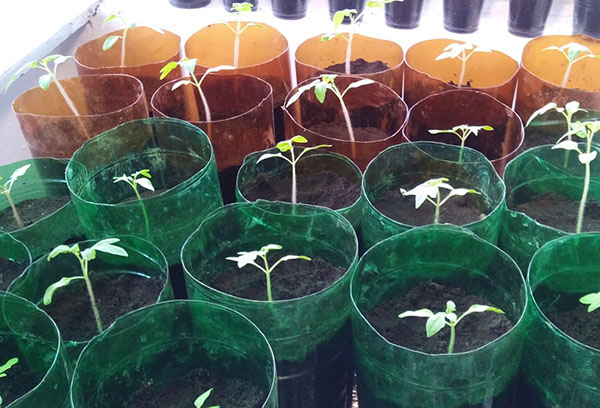
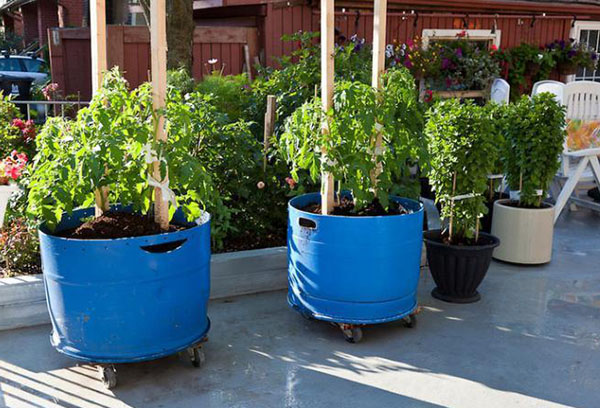
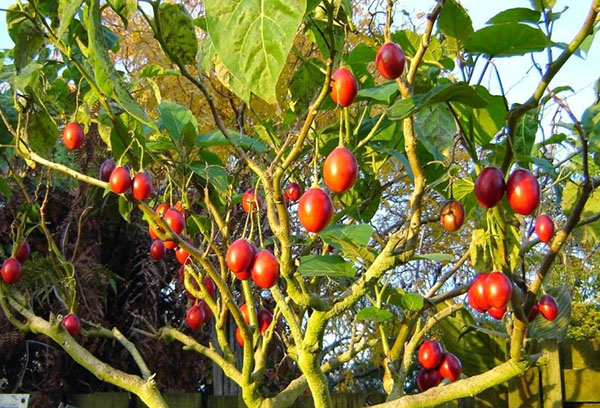
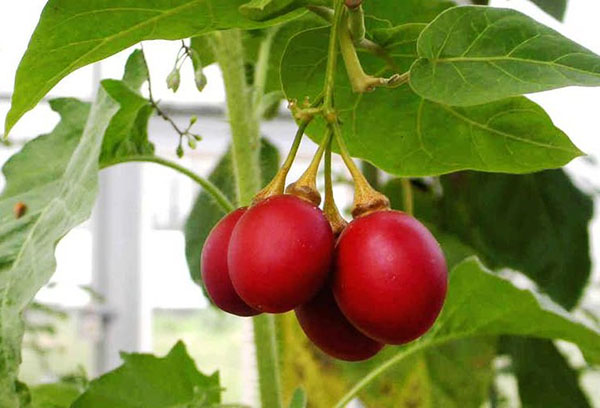
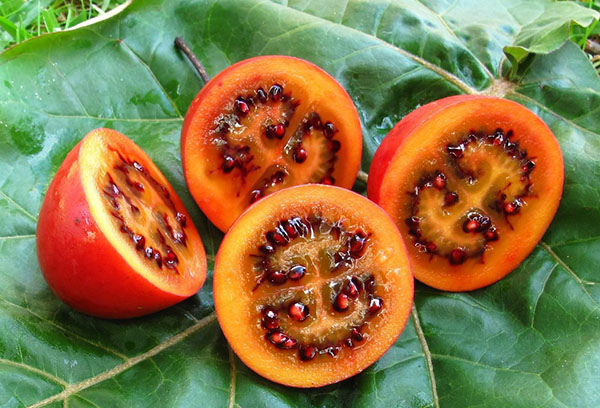
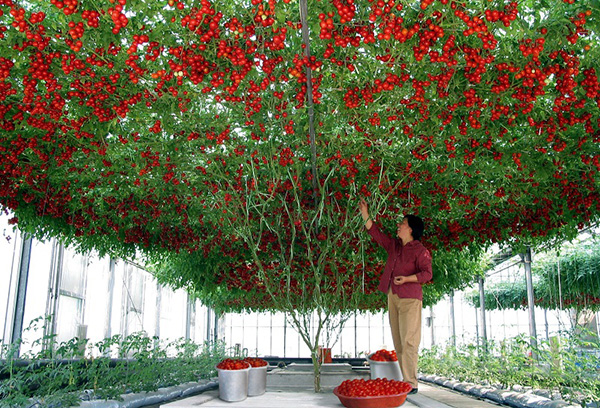
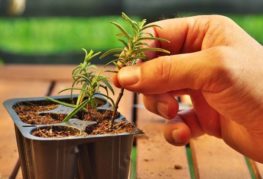
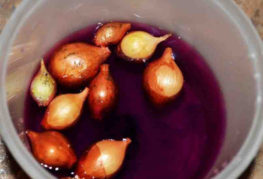
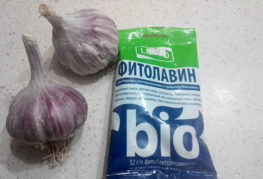
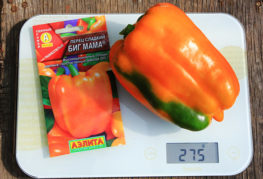
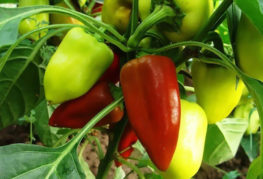
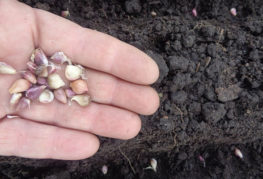
and will be published shortly.